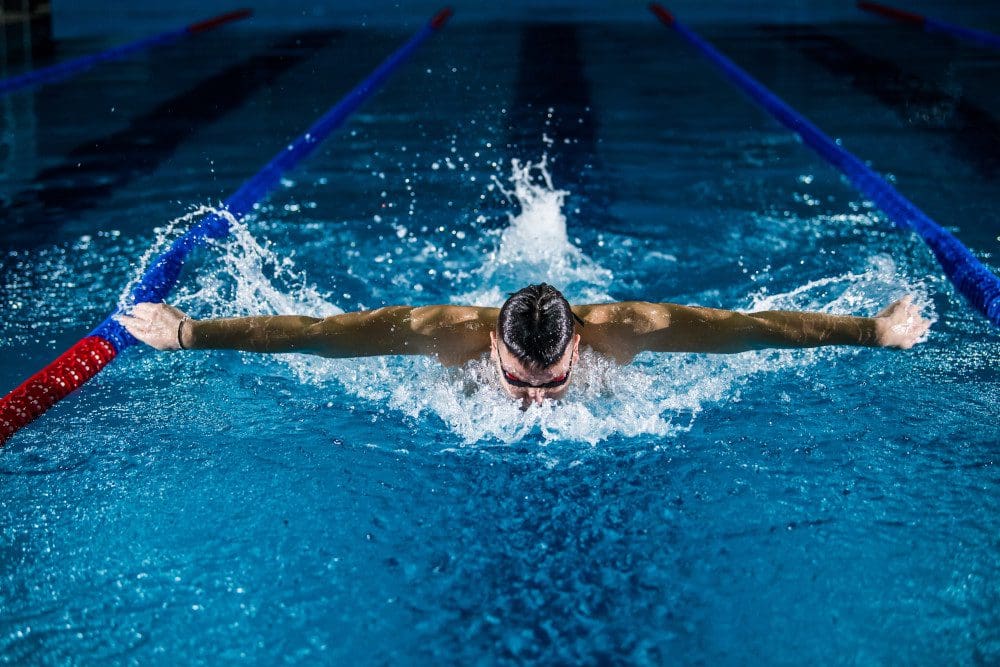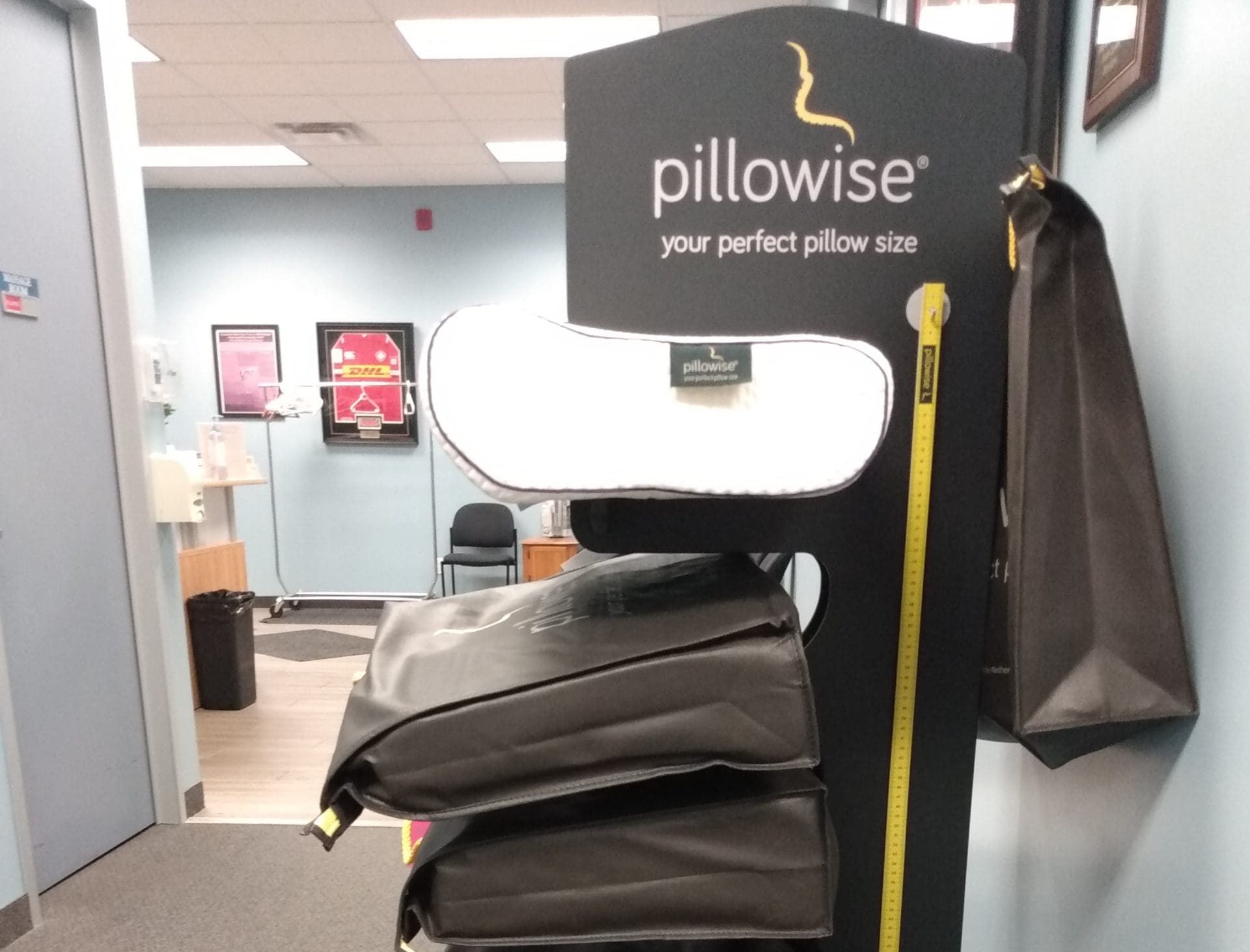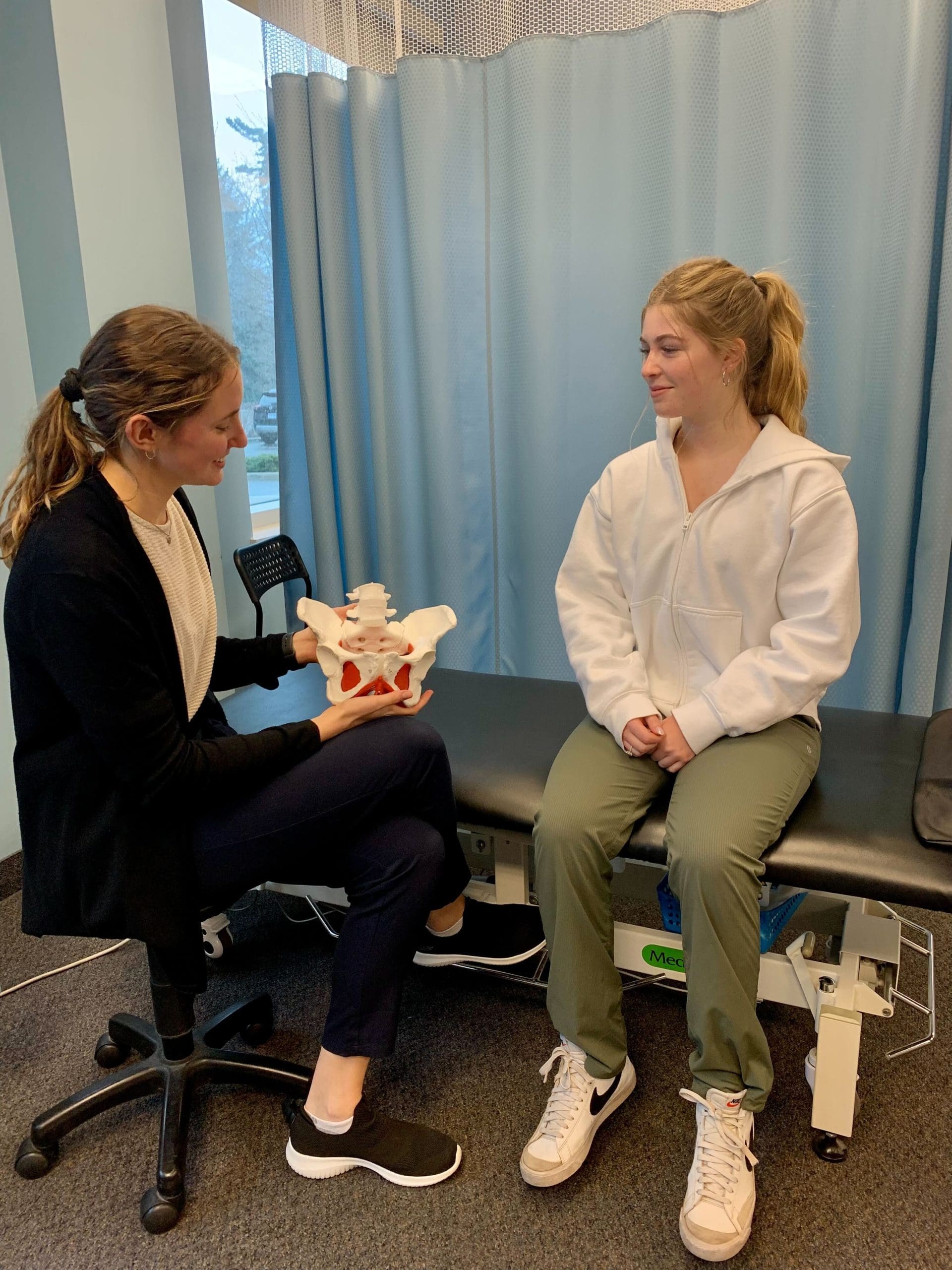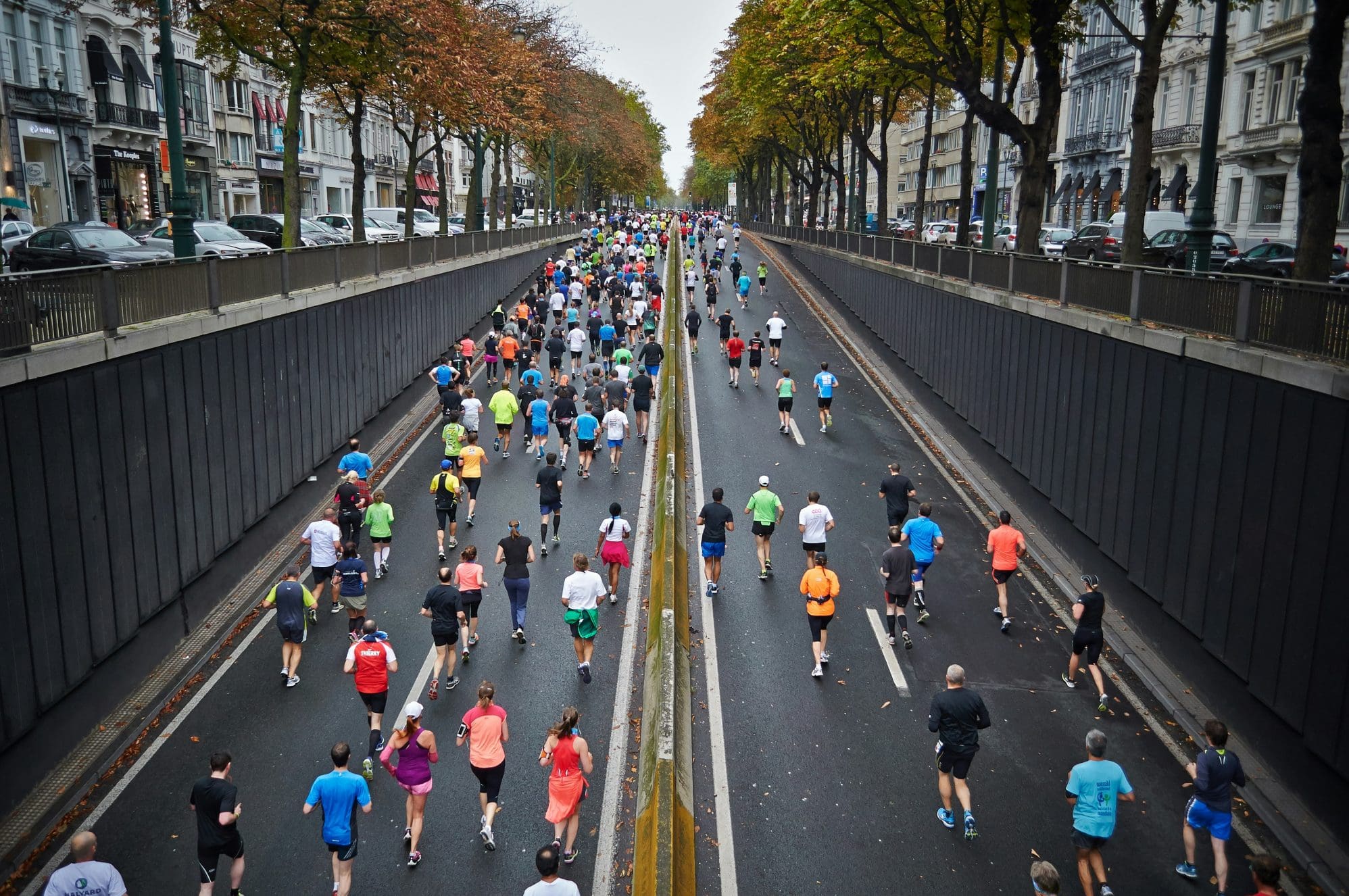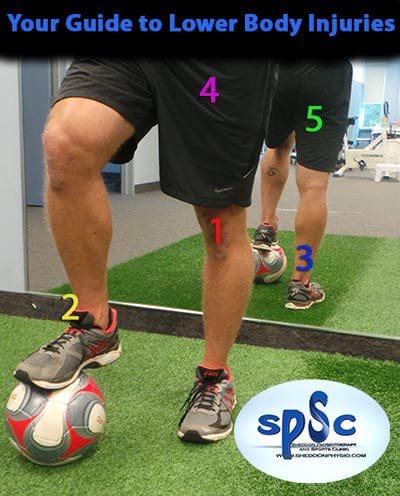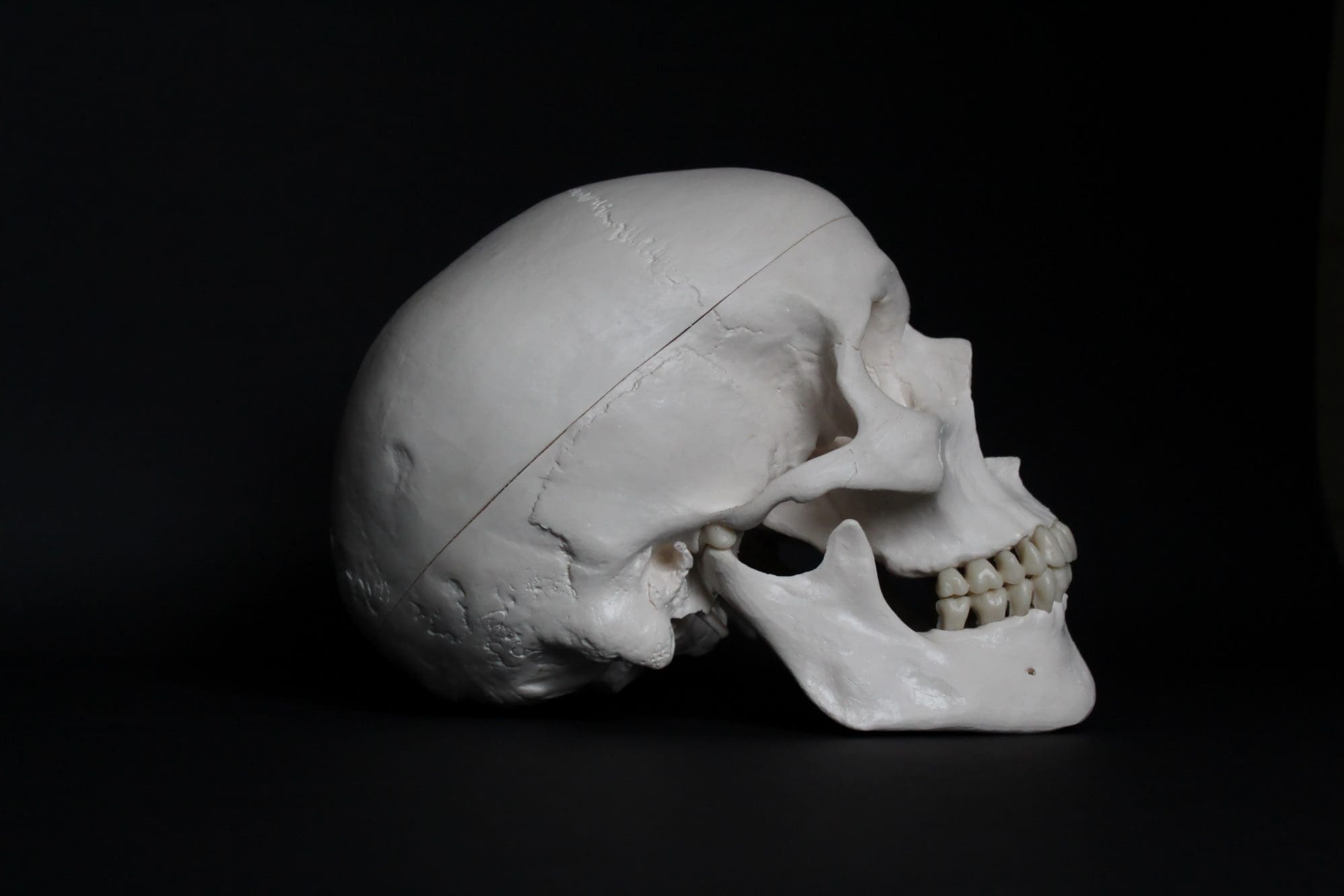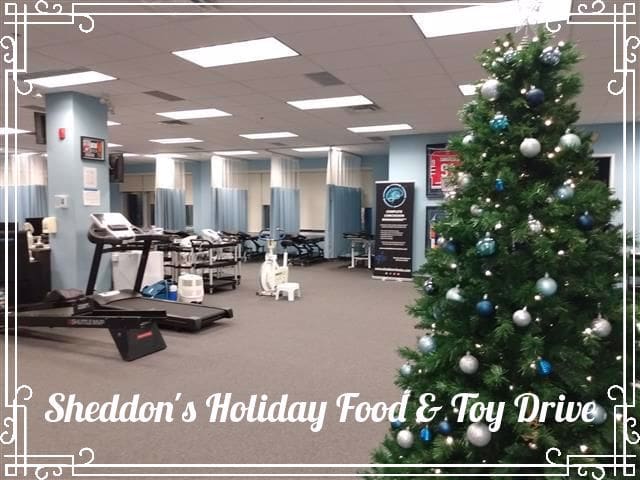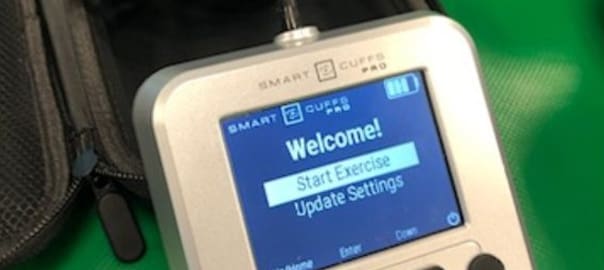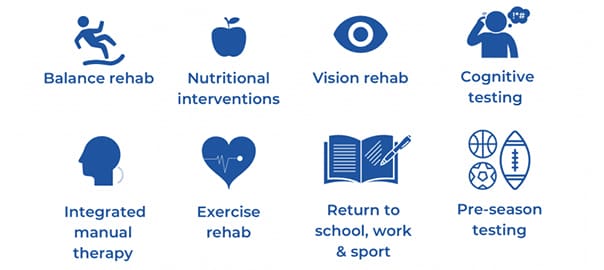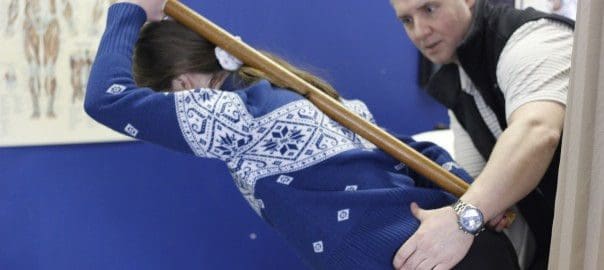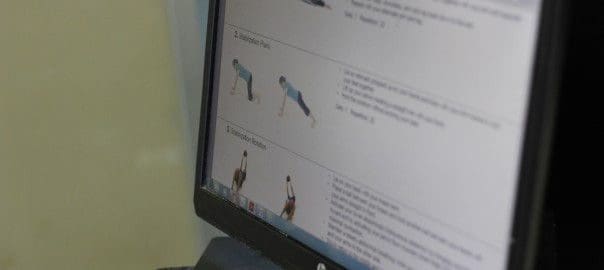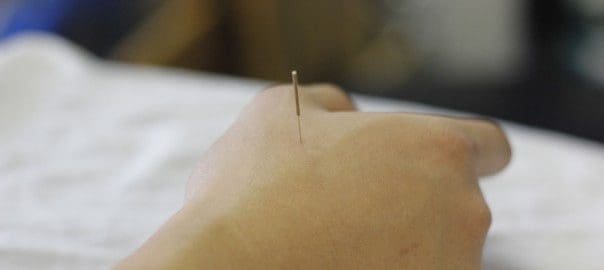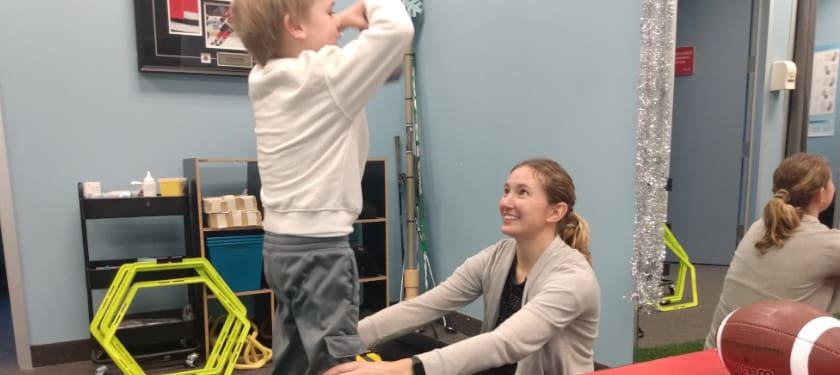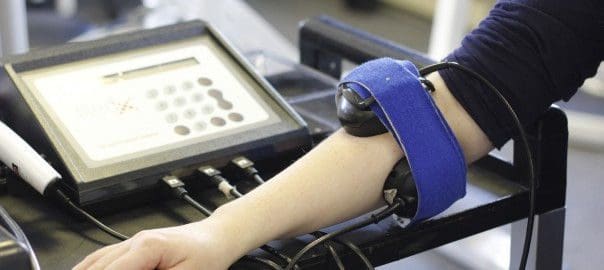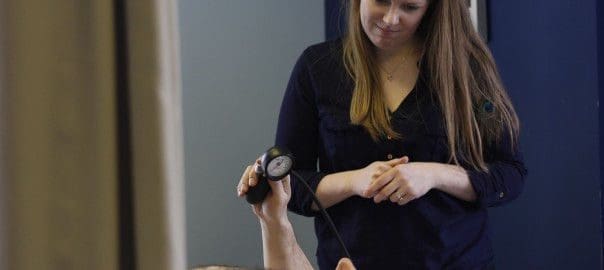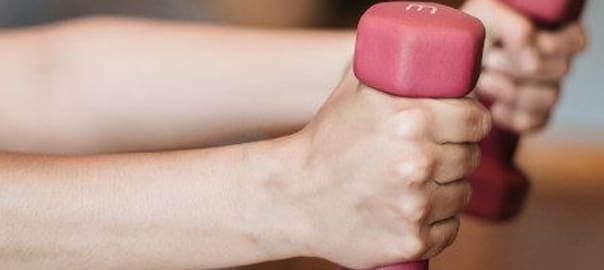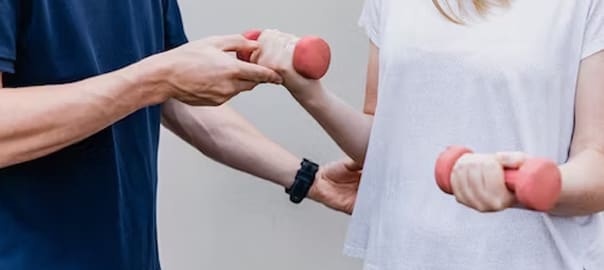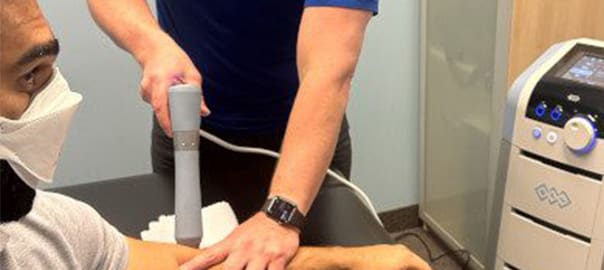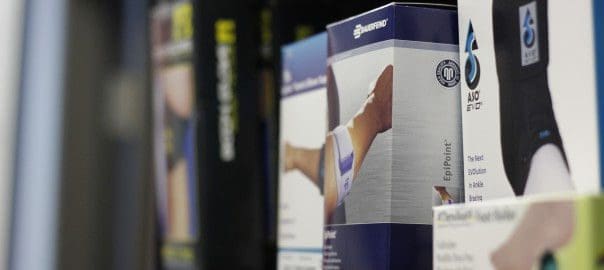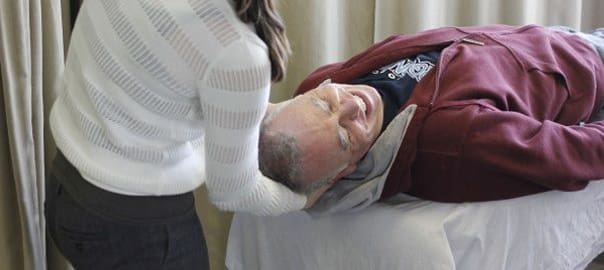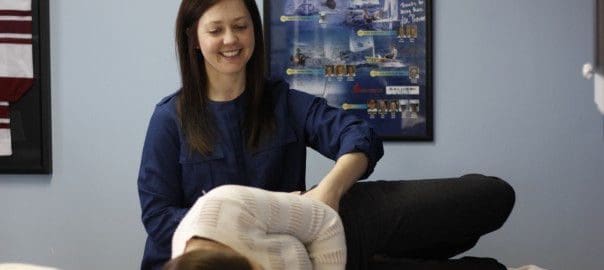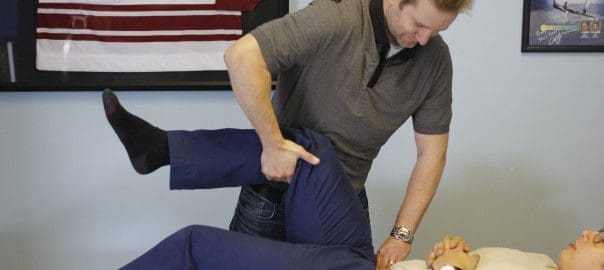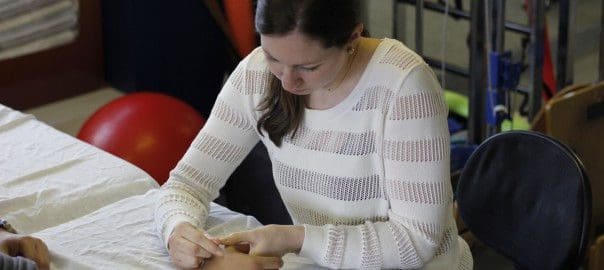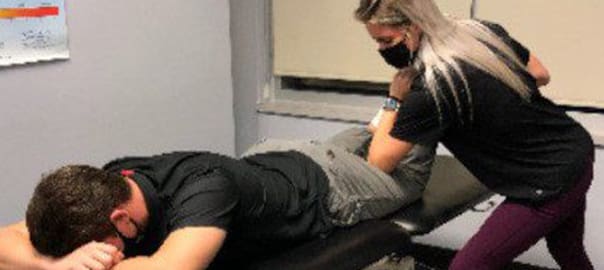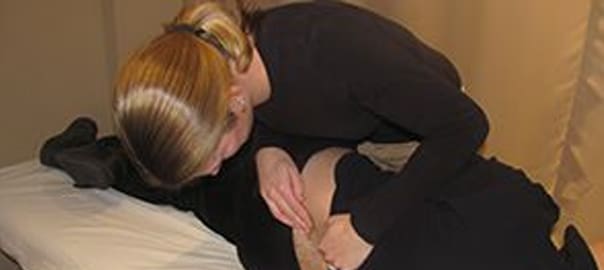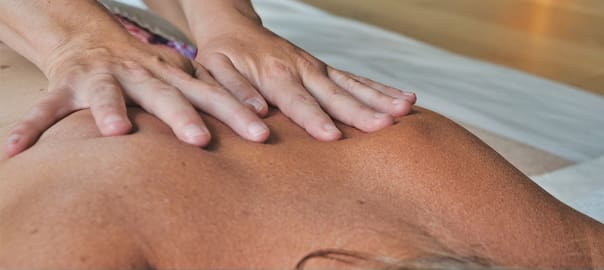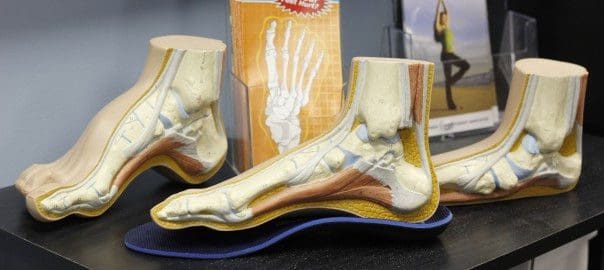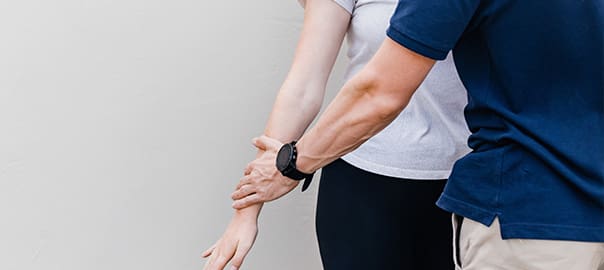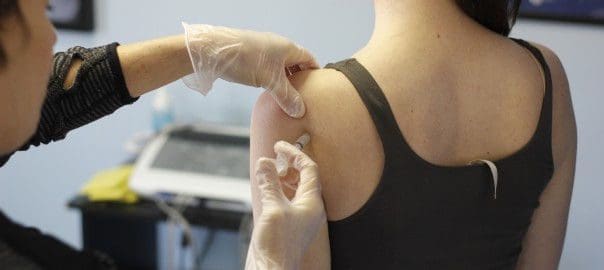Note: Sheddon’s physiotherapists from the Oakville and Burlington Physio Clinics are prepared and determined to help you get back to your regular activities.
1. ACL Injury
What is it? The anterior cruciate ligament is one of the strongest ligaments in your knee that provides stability, and prevents excessive forward and rotational movement. During injury it can be stretched, partial torn or fully torn.
Why does it happen? These injuries are caused by abnormal movement patterns during sidestepping or landing tasks with increased knee valgus motion and/or increased internal tibial rotation.
How do you prevent it? Focus on strengthening the core muscles, hip abductors and hip external rotators in order to prevent excessive knee valgus and/or internal tibial rotation. For example, loop a band around your stance leg (above the knee) and tie it to a stationary object so that the resistance of the band pulls the leg inward. Try to maintain that stance leg in neutral alignment (don’t let the knee cave in). Slowly lower yourself into a single leg squat position. Only go as far as you can with proper control of the leg. Repeat 10-15 repetitions for 2 sets.
2. Ankle Sprain
What is it? The ankle is made up of a series of ligaments that connect the bones and provide stability. Injury to the ankle can stretch or tear one or several of these ligaments.
Why does it happen? 50% of soccer related ankle injuries occur during contact with another player; otherwise it occurs during twisting, tackling or kicking. Have you already sprained your ankle? If so, you are 5x more likely to sprain it again.
How do you prevent it? Work on balance and proprioceptive exercises. Step/lunge onto a bosu (or pillow) from different angles. Repeat 10-15 repetitions per leg. As it gets easier you can progress to bounding onto the bosu and holding for control.
3. Achilles Tendonitis
What is it? Inflammation of the Achilles tendon, which attaches the calf muscles (the gastrocnemius and the soleus) to the heel bone.
Why does it happen? It is highly vulnerable to injury given the high amounts of tension put on it during sports. It can also be injured due to improper warm-up, muscle imbalances or poor footwear.
How do you prevent it? Strengthen your calves. Balance on a step and rise up onto your toes, then slowly lower yourself back down. Repeat 10-15 times for 2 sets. As it gets easier you can progress to doing one leg at a time.
4. Adductor Strain
What is it? The adductors are a group of muscles in the inner thigh that work together to stabilize the pelvis and move the hip. Injury usually involves a strain to one or more of these muscles.
Why does it happen? Kicking, changing direction and reaching put a large eccentric force on the adductor muscles, which puts them at risk for injury. Adductor strains are usually due to overuse and muscle imbalance.
How do you prevent it? Perform the Copenhagen adduction exercise. In a side plank position, rest on your elbow, raise your top leg and rest it on a bench. Your lower leg starts at the ground and you raise it towards your top leg. Slowly repeat 6-15 reps per side for 3 sets.
5. Hamstring Injury
What is it? The hamstrings are a group of 3 muscles at the back of your leg that help with hip and knee movements. Injury can involve a strain to the muscle or a full tear.
Why does it happen? Injury usually happens due to the high loads placed on the hamstrings during kicking and sprinting.
How do you prevent it? The Nordic hamstring exercise is one of the most widely used exercises to prevent hamstring injuries. Start from a kneeling position. Use a partner to hold your ankles or hook your feet under something heavy. Engage your core and hamstrings and slowly move forward towards the ground. Keep your hands ready to assume a push-up position. When your hands reach the ground push yourself back up. Try to go slow on the way down with control. Repeat 6-10 times for 2 sets.
If you’re looking for a sports medicine clinic in the Burlington, Oakville and Mississauga area to treat your current injuries or help put together a program to prevent future injuries, contact Sheddon Physiotherapy and Sports Clinics in Oakville and Burlington at 905-849-4576.
We are located only 6 min East of Oakville Place and 4 min East of Whole Foods Market on Cornwall Rd.
The Burlington physio clinic is located only 5 min west of Spencer Smith Park and 6 min north-west of Burlington Beach, on Plains Rd East.

